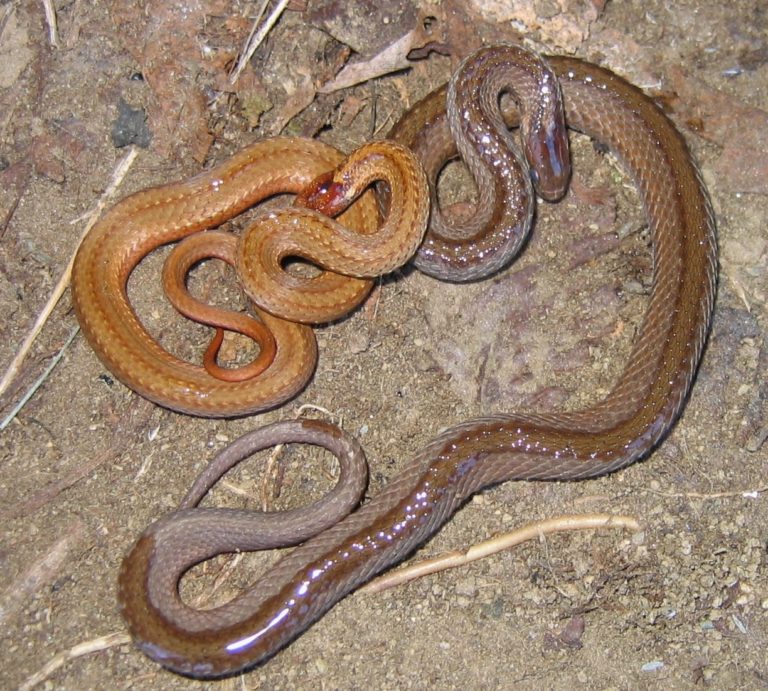
Support the work of the Center for Biological Diversity by making a donation today.We need your help to protect these valuable species from further devastation. What can I do to help amphibians and reptiles? Amphibians and reptiles are also suffering from overcollection and unregulated hunting.

While habitat loss is the most obvious cause of endangerment, declines are even even occurring in pristine areas from threats such as disease, UV radiation and climate change. Scientists have observed these disturbing trends in the United States too, where approximately 20 percent of amphibian species and 10 percent of reptile species are at risk of dying out. Yes, the world's amphibians and reptiles are facing an unprecedented assault and are experiencing tens of thousands of years' worth of extinctions in just a century.

A diverse community of amphibians and reptiles indicates that the area is healthy and can support the plant and animal life that herps need for food and cover.Īt the Center for Biological Diversity, we also believe that amphibians and reptiles - and all species, great and small - deserve protection for their own sakes and because these amazing creatures help make the world a wonderful place for all of us to live. And because many reptile species are long-lived and relatively slow-moving, they suffer from disturbances like habitat loss or pollution for extended periods. Amphibians, in particular, are sensitive to pollution because their permeable skins easily absorb toxins. In addition, herps are valuable indicators of environmental health. Other herps are the prey, like frogs who serve as a food source for many species of birds, fish, mammals and reptiles. Some serve as predators that keep their prey's numbers in check, like snakes that eat mice and other rodents. For example, a turtle warms itself by basking in the sun and a lizard can regulate its body temp with “shuttling” behaviors, moving in and out of cover.Īmphibians and reptiles play important roles in the ecosystems where they live. Instead they must regulate body heat through their interactions with the environment. All herps are “cold-blooded,” which means they lack an internal thermostat.
#Lots of snakes and amphibians skin
Unlike amphibians, reptiles breathe only through their lungs and have dry, scaly skin that prevents them from drying out.Īmphibians and reptiles are together called herpetofauna, or “herps” for short.

Reptiles are turtles, snakes, lizards, alligators and crocodiles. Their skin must stay moist to absorb oxygen and therefore lacks scales. Most amphibians have complex life cycles with time on land and in the water. Frequently Asked Questions About Amphibians and ReptilesĪmphibians are frogs, toads, newts and salamanders.


 0 kommentar(er)
0 kommentar(er)
